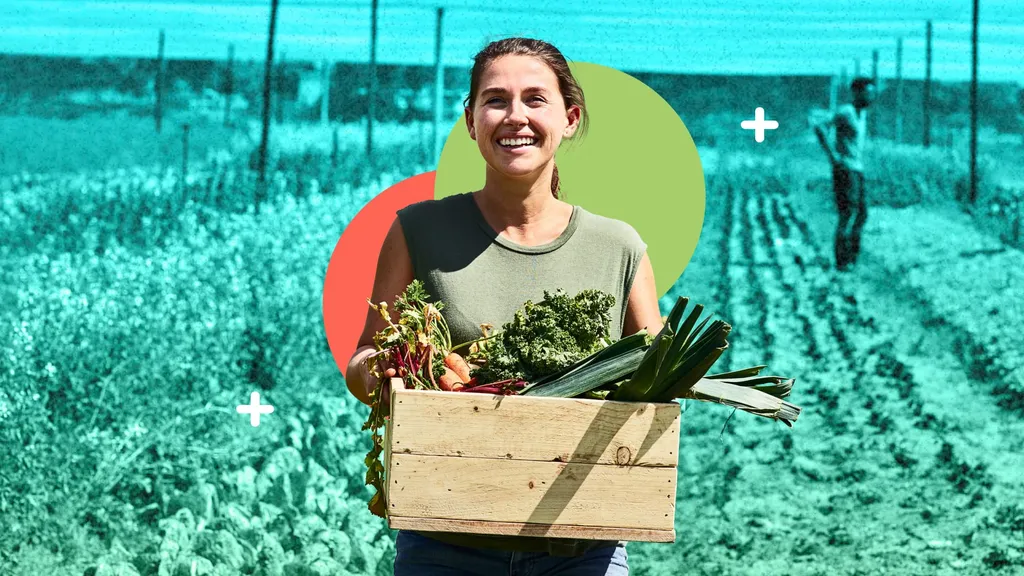In the heart of rural agriculture, where the rhythm of seasons dictates life and livelihood, a quiet revolution is brewing. Not in the fields, but in the laboratories and research institutes where scientists are harnessing the power of the very small to tackle some of the sector’s most pressing challenges. A recent review article published in *Discover Nano* sheds light on how green nanotechnology could be a game-changer for climate-resilient agriculture, particularly in vulnerable, off-grid regions.
The review, led by Yohannes Gelaye of the Key Laboratory of Biology and Genetic Improvement of Oil Crops at the Oil Crops Research Institute of the Chinese Academy of Agricultural Sciences (CAAS), explores the potential of nanoenabled bioinnovations to enhance agroenergetic resilience. At the core of this research are advanced nanomaterials like quantum dots, perovskites, and magnetic nanoparticles, which are being investigated for their role in improving energy reliability, postharvest preservation, and farming efficiency.
One of the most promising applications highlighted in the review is the valorization of peanut shell biomass for sustainable bioenergy production. This process not only addresses the issue of agricultural waste but also supports low-carbon development goals. “By converting peanut shells into bioethanol and biodiesel using nanocatalysts, we can create a circular economy that benefits both farmers and the environment,” Gelaye explains.
The review also emphasizes the importance of decentralized, climate-adaptive systems. Solar-powered irrigation and nano-enhanced rural infrastructure are just a couple of examples of how green nanotechnology can be deployed to improve agricultural resilience in off-grid areas. These innovations could significantly reduce greenhouse gas emissions and enhance carbon sequestration, contributing to Sustainable Development Goals (SDGs) 2, 7, 9, and 13.
However, the path to widespread adoption is not without its hurdles. Inconsistent nanomaterial synthesis, limited rural deployment, and weak policy integration are some of the barriers that need to be overcome. Gelaye stresses the need for field-ready, safe-by-design technologies and deployment strategies customized to local needs. “We must prioritize scalable implementation and strong regulatory frameworks to ensure that these technologies can be effectively deployed in rural areas,” he says.
The commercial impacts of these nanoinnovations could be substantial. By enhancing farming efficiency and energy reliability, they could increase crop yields and reduce postharvest losses, directly benefiting farmers’ livelihoods. Moreover, the valorization of agricultural waste for bioenergy production could open up new revenue streams for farmers and create jobs in rural areas.
Looking ahead, the review calls for increased investment in pilot projects and cross-sector collaboration to accelerate the real-world adoption of these technologies. As the agriculture sector grapples with the challenges posed by climate change, green nanotechnology offers a beacon of hope. By harnessing the power of the very small, we can build a more resilient and sustainable future for all.
In the words of Gelaye, “The future of agriculture lies in our ability to innovate and adapt. Green nanotechnology offers us a powerful toolkit to tackle the challenges ahead, and it is up to us to seize this opportunity.”

